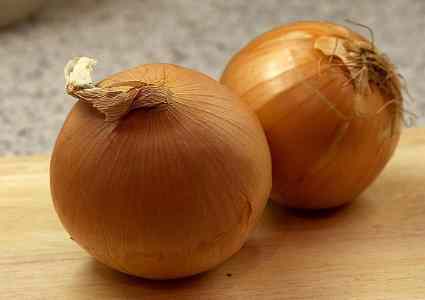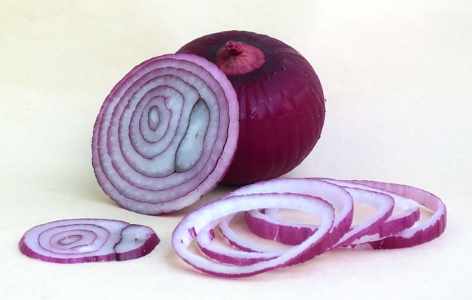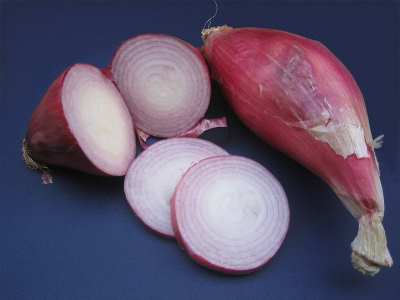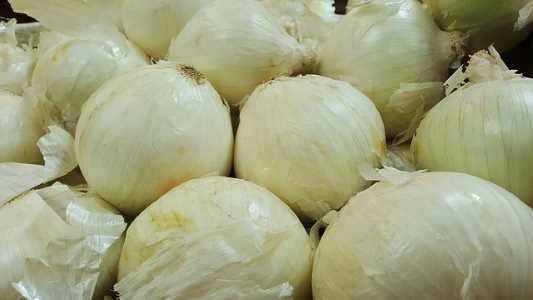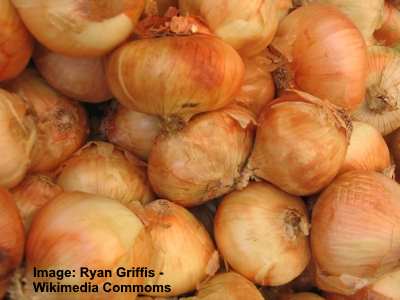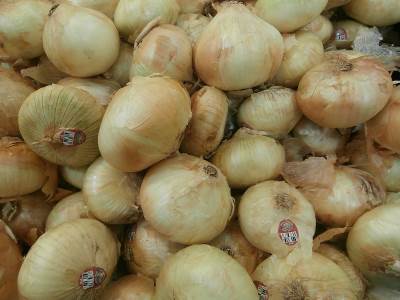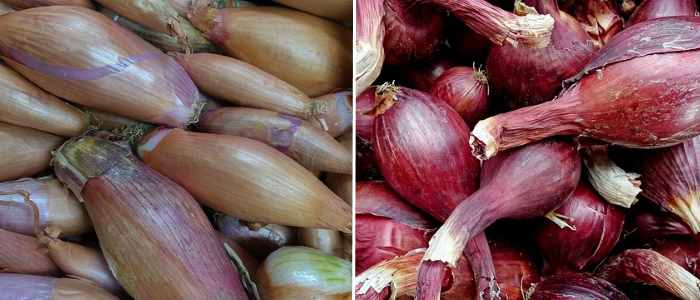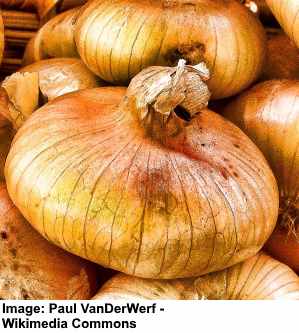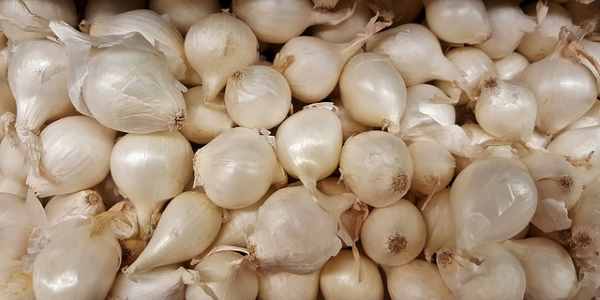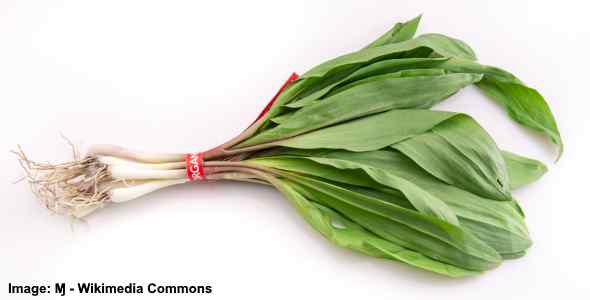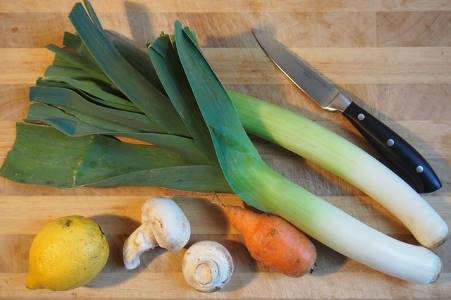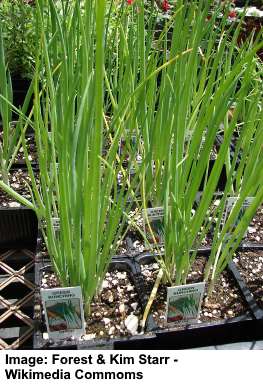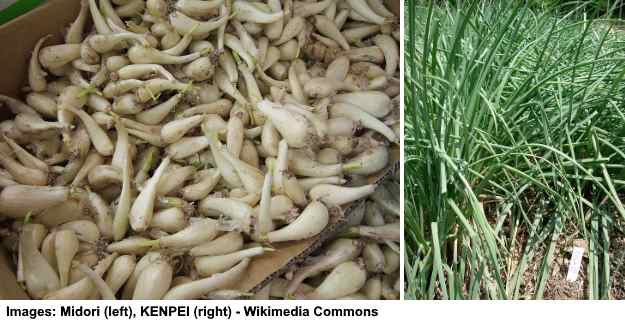Types of Onions: Varieties of Onions and How to Use Them (Including Pictures)
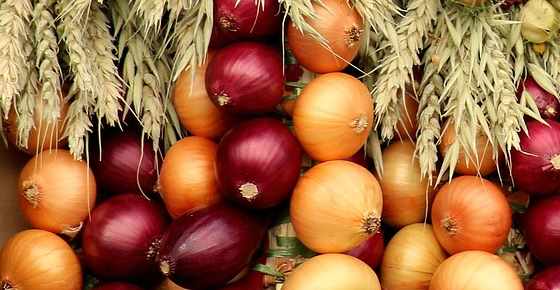
There are many types of onions that can add flavor and wonderful aromas to any dish. The main different types of onions are the common yellow onion, red onions, and white onions. However, other kinds of onions such as scallions, leeks, and shallots are widely used in the kitchen. Even though onions are a pungent type of vegetable commonly used in cooking, there are also many sweet varieties that you can enjoy eating raw.
Many recipes call for onions in some shape or form. Different types of sharper-tasting yellow onions can be lightly sautéed to bring out their natural sweetness to add deep flavor to a dish. Mild sweeter onions are great raw in salads or salsas to give a fresh flavorful texture. Small tiny onions such as pearl onions are great for pickling and have a sweeter flavor.
In this article, you will find out about the many different types of onions and how to use them. You will also learn what makes one variety of onion different from another.
Types of Onions (With Pictures and Names)
Onions are a type of bulbous vegetable from the Allium genus, and the general botanical name for them is Allium cepa. Onions are related to other bulb vegetables in the Allium genus such as garlic, leeks, chives, and Chinese onions.
Onions contain a number of sulfur compounds that give them their pungent smell. Also, freshly cut onions are well-known for causing eye irritation resulting in tears.
All types of onions produce hollow tubular types of green leaves that you can also consume raw. For example, many recipes include the green leaves of spring onions (scallions) as well as the onion bulb.
In fact, all varieties of onions are so versatile that you can boil, bake, grill, fry, braise, and pickle them.
So, now that we know a little more about onions in general, let’s look at some specific varieties of onions that you can use in the kitchen.
Yellow Onions
Yellow onions (Allium cepa) have a strong rich flavor, papery brown-yellow skin, and are one of the most common types of onions in the world.
Cutting through the pale-yellow skin of the onion reveals a light-yellow or white flesh. Due to this type of onion being a dry variety, there is not much juice in yellow onions.
The reason that yellow onions have such a powerful taste is due to their high levels of sulfur. As well as containing sulfur compounds, yellow onions and most other types of onions are rich in antioxidants.
This yellow onion variety is good for frying and sautéing because its sweetness intensifies as it caramelizes. Usually, if a recipe calls for adding chopped or sliced onions to the dish without specifying the variety, you should use yellow onions. Yellow onions are also the main ingredient in French onion soup.
Yellow onions store well throughout the year if kept in dark places at room temperature.
Spanish Onions
Spanish onions are a type of large yellow onion with a mild taste and are also commonly used for frying, adding to stews, or soups.
One of the reasons why Spanish onions are popular is that they are generally milder than common yellow onions. They also may be slightly sweeter and, for some people, are more palatable when consumed raw.
The large varieties of Spanish onions mean that they are a great choice if you are frying onion rings or want to top a hamburger. Similar to other types of yellow onions, the Spanish varieties have wide culinary use.
Red Onions
Red onions are a type of medium to large-sized onion with deep purple-red skin and white and red onion rings.
Using red onions raw in salads or in lightly cooked foods is common because they have a milder flavor than some other kinds of onions. For example, raw yellow onions tend to be sharper in taste than the red/purple onion varieties. However, just like Spanish onions, red onions roast well and become much sweeter.
The red pigments in this variety of onion are actually from healthy antioxidants. Compared to white onions and yellow onions, red onions have the highest number of these health-boosting compounds. They also have more quercetin (an antioxidant) than garlic and white onions. (1, 2)
Torpedo red onions
Torpedo onions have elongated red and white bulbs and are classed as a small to medium-sized type of onion. The bulb is covered with a papery red and white skin that covers juicy, mild-tasting flesh. Red Torpedo onions are a popular Italian variety of red onion.
These onions are delicious both raw and roasted as their mild sweet taste isn’t too overpowering. This onion variety goes well on pizzas, in pasta sauces, in stews, or as onion chutney.
White Onions
White onions are a large type of onion that have white papery skin and white mild flesh.
Although white onions have a high sugar content just like red onions have, they still retain a pungent flavor. These are a good type of onion to use if you need a sharp-flavored onion that is still mild and sweet.
White onions are commonly used in Mexican and Latin American dishes. Because of their relatively mild flavor, white onions are a good type of onion to use if the recipe calls for raw onions. You can also slice the onions and pickle them slightly in vinegar before rinsing to give them a milder taste.
Sweet Onions
Various types of sweet onions are very popular due to their mild taste and lack of pungent onion flavor.
Sweet onions are not a specific variety of onion, but types of onion cultivars that have been developed to have a sweeter rather than sharp flavor. Compared to yellow onions or white onions, sweet varieties of onions tend to be juicier and have a lower sulfur content.
Let’s look in more detail at some of the tastiest kinds of sweet onions.
Walla Walla onions
Walla Walla onions were developed in Washington State and are a delicious type of sweet onion with a mild flavor. The onion shape is typical of many yellow onion varieties. However, this type of onion is much sweeter than yellow onions. As well as yellow Walla Walla onions, you can also buy sweet white onion varieties.
For many people, this is the choice of sweet onion to eat raw in sandwiches, on hamburgers, or finely chopped in dips.
Vidalia onions
Another classic sweet onion is the Vidalia onion which has a flattened globular shape and light-yellow, almost white skin. Vidalia onions have a firm white juicy flesh with thin rings.
When it comes to choosing a mildly tasting sweet onion, Vidalia onions usually hit the top of the list. Their high sugar content and low sulfur content mean that they are one of the sweetest varieties of onion you can buy.
These versatile onions are not only great for eating raw. You can increase their sweetness by lightly frying them, roasting them, or grilling them. They also make a delicious ingredient for any recipe that requires onions.
Mayan sweet onions
Similar to Vidalia onions, Mayan onions are a type of super-sweet onion that are delicious when you eat them raw. Mayan sweet onions come from Peru and don’t give off the pungent aromas as yellow or white onions do. They have light brown skins and a round or flattened globe-like shaped bulb.
Bermuda onions
Bermuda onions are a type of very sweet onion that have a rounded flat shape and intensely sweet taste. Reports claim that the Bermuda onion is the original sweet onion from which all US sweet onion cultivars originate.
Texas Supersweet onions
As its name suggests, Texas Supersweet onions are a sweet variety of onions. When compared to other sweet onions, this Texan onion is jumbo sized and covered by light yellowish skin. The white juicy flesh is sweet and mildly tangy and is a good choice of onion to eat raw.
Shallots
Shallots are a type of small onion that has papery yellow, red, or gold skin and have a sweet crisp taste when eaten raw or cooked.
Shallot onions grow similar to garlic in that they are clusters of cloves. Depending on the size of the shallot onion, anywhere between 2 and 6 cloves grow under the skin. This type of oblong onion is popular in cooking because it has a milder onion taste with hints of garlic.
Shallot onions have whitish translucent flesh that has tinges of red running through it. You may find that many recipes specify using chopped or sliced shallots in the recipe. This is because they are not as pungent as strong-flavored yellow onions and have a milder but richer flavor.
There can be some confusion about the exact type of onion that shallots refer to. In some countries in the Southern Hemisphere shallots can refer to scallions (spring onions). However, In the Northern Hemisphere, it is referred to the type of onion that grows in clusters garlic-like of cloves.
Cipollini Onions
One type of small round flat onion that is very popular is the Cipollini onion. This beige-skinned onion variety has a pungent aroma and mildly sweet taste. However, they really sweeten up when roasted or fried.
Cipollini is an Italian variety of onion that is becoming popular outside of Italy. The small onion size means that it’s a good choice to roast whole or prepare caramelized onions. You can also use this type of onion for creaming due to its lack of bitterness when cooked.
Pearl Onions
One of the smallest varieties of onion is the pearl onion that has a crunchy texture and delightfully sweet taste. Pearl onions are sometimes called button onions, baby onions, or creamers.
Pearl onions are from the same Allium genus as onions but are a cultivar of Allium ampeloprasum which means they are more closely related to leeks.
Pearl onions usually only measure between ¾” and 1” wide (2 – 3 cm) and have firm white flesh. Unlike common onions, pearl onions don’t have such a pungent flavor or sharp taste. The small onion bulbs are surrounded by a thin white skin.
Although white pearl onions are the most popular type of small white onion, you can also buy red pearl onions which have an even milder flavor.
Pearl (button) onions are usually the perfect onion for pickling. Their tiny size means that you can pickle these onions whole without chopping them up. Another way of using button onions in cooking it putting them whole in stews or sautéing them along with other vegetables.
Because of their size, pearl onions are usually the best type of cocktail onion to use.
Cocktail Onions
Cocktail onions can refer to any type of small sweet onion that is pickled. Cocktail onions are usually prepared by adding spices such as paprika or turmeric to the pickling liquid.
One of the most common types of sweet onions to use for a cocktail onion is the pearl onion. The sweet crunchy texture and lack of pungent aromas mean that it won’t spoil the taste of cocktails.
Some other types of onions that are good cocktail onions are the White Bermuda, Crystal Wax, or small red sweet onions. To ensure these onions are kept small enough for a cocktail glass, they are grown tightly packed together to prevent them from growing too large.
Scallions (Spring Onions)
Scallions are another type of onion from the Allium species that have a mild taste without pungency. Scallions are also called spring onions or green onions.
The main use of scallions in culinary dishes is for their long green hollow leaves. Chopped scallion leaves are commonly used in salads, salsas, and stir-fries. They give dishes a mild sharpness without having overpowering onion aromas.
Scallion bulbs are also an important part of many recipes. They are chopped or sliced and fried in a similar why to shallots or other types of mild onion. Similar to other mild onion varieties such as red onions, spring onion bulbs can be chopped and eaten raw.
One North American type of “spring onion” is ramps, sometimes called Tennessee truffles (Allium tricoccum). This type of leafy onion has red edible stems and long green leaves. When consumed raw, ramps have a taste similar to garlic but when cooked they are sweeter like cooked scallions.
Leeks
Leeks are an Allium vegetable that are closely related to onions but is somewhat sweeter and less pungent. These tall vegetables from the onion family can grow to 10” (25 cm) tall and measure 2” (5 cm) in diameter.
Leeks (Allium ampeloprasum) don’t produce bulbs like onions or cloves like shallots or garlic. Leeks are an edible root that consist of leaf sheaths tightly bundled together. The part of leeks that grow below the ground is a translucent white color. This gradually turns to dark green further up the sheath.
You can use leeks raw or cooked, depending on how you prefer this onion-tasting vegetable. You can chop green leek sheaths raw and add them to fresh salads. Or, chopped leeks are a common ingredient in many soups and stews. Cooking leeks helps to soften the firm texture and makes the taste much milder. You can also sauté leeks and add them to pies or savory tarts
Welsh Onion
The Welsh Onion (Allium fistulosum) is a type of bunching onion that grows similar to spring onions.
Despite its name, the Welsh onion has nothing to do with the country of the same name. This onion has a small white bulb that spouts tubular hollow leaves similar to scallions. Some larger varieties of Welsh onions can look like leeks due to their size.
The green leaves of the Welsh onion are commonly used in salads, soups, or as a garnish for Japanese or Korean dishes.
Chinese onion
Chinese onion (Allium Chinense) is native to Asia and is grown in many other countries.
It has white bulb, green stalks and small purple flowers that bloom in spring. Both bulb and stalks are edible and can be eaten cooked or raw.
Chinese onion is also known as Chinese Scallion, Japanese scallion, rakkyo and oriental onion, and has a mild taste. It is often pickled and served alongside other dishes.

